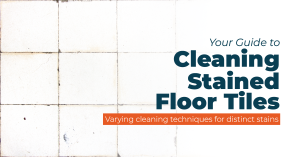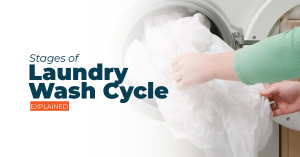
In the wake of evolving guidelines from esteemed organisations like the American Society of Heating, Refrigerating and Air-Conditioning Engineers (ASHRAE) and government agencies such as the Centers for Disease Control and Prevention (CDC), and the World Health Organization (WHO), a fundamental question emerges: How does cleaning impact indoor air quality (IAQ) and how can we improve indoor air quality? Surprisingly, the answer to this question might not be as apparent as one would assume. As we find ourselves on the cusp of an IAQ revolution long overdue in recognition, it becomes increasingly crucial to understand the intricate relationship between cleaning, hygiene practices, and the quality of the air we breathe within enclosed spaces. In this article, we delve into the profound significance of cleaning and hygiene in the context of IAQ, drawing insights from air quality experts, cleaning industry professionals, and industrial hygienists. So keep reading to learn the 10 reasons why cleaning and hygiene are essential for indoor air quality and wellness.
1. Allergen Removal

Keeping a clean environment can positively impact respiratory health. Regular cleaning can eliminate allergens such as pet dander, pollen, and dust, leading to respiratory issues and triggering allergies. By reducing exposure to these irritants, cleaning can promote overall well-being.
2. Minimising Dust Mite Presence
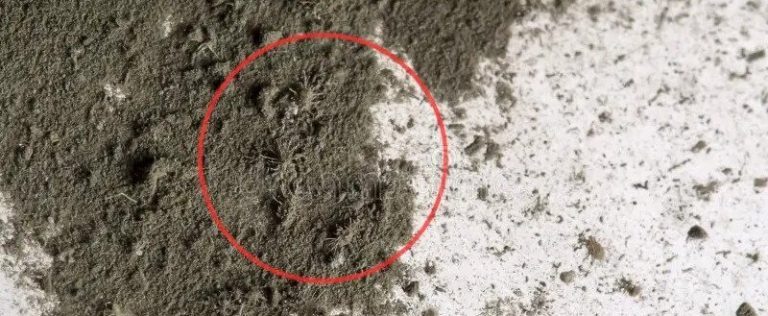
Dust mites are tiny allergenic pests that can exacerbate allergies and asthma. Consistent cleaning practices, such as vacuuming and dusting, aid in diminishing dust mite populations, enhancing respiratory well-being and increasing comfort.
3. Preventing Mould Growth
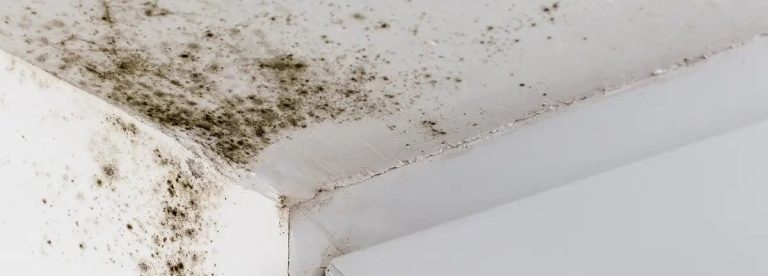
Mould grows in moist and damp environments, adversely impacting indoor air quality and posing health hazards. Mould spores can potentially trigger allergies, respiratory issues, and infections. Consistent cleaning, humidity regulation, and routine maintenance are essential for inhibiting mould growth, promoting a healthier indoor atmosphere.
4. Reducing Indoor Air Pollutants and Chemical Exposure
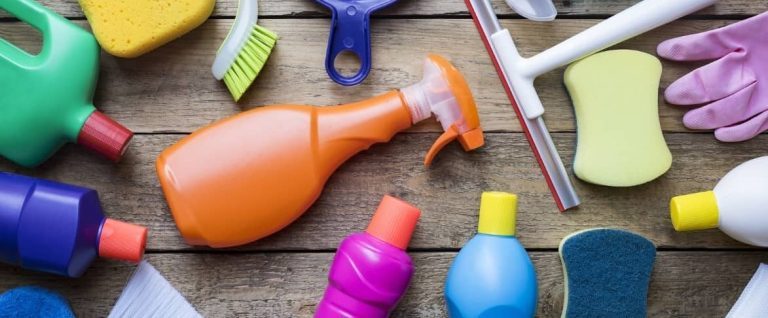
Air purifiers and efficient ventilation systems eliminate indoor pollutants, such as volatile organic compounds (VOCs) emitted by household items, paints, and cleaning products. Sound cleaning practices mitigate VOC exposure, enhancing indoor air quality and diminishing potential health concerns.
5. Promoting Healthier Indoor Environments

Utilising eco-friendly and low-hazard cleaning agents while maintaining adequate ventilation during cleaning procedures can mitigate the presence of harmful chemicals, thus fostering a healthier indoor environment, as cleaning products frequently encompass substances that can affect both indoor air quality and human well-being.
Air Purifiers
Air purifiers become essential in maintaining a healthy indoor environment to thoroughly purify the air, especially in closed or poorly ventilated spaces. Air purifiers are designed to clean the air by removing contaminants, allergens, and pollutants. They use various mechanisms such as HEPA (High-Efficiency Particulate Air) filters, activated carbon filters, UV-C light, or ionisers to capture and neutralise a wide range of particles and impurities in the air.
Biophilic Design
Biophilic design refers to an approach that focuses on integrating natural elements into human spaces to improve well-being. It emphasises connecting people with nature, which can positively affect mental, emotional, and even physical health.
Plants are part of this design as they help purify indoor air by naturally filtering out harmful substances and releasing oxygen through photosynthesis. This purification occurs through several mechanisms:
- Absorption of pollutants: Plants can absorb certain airborne pollutants, such as volatile organic compounds (VOCs), emitted from everyday items like furniture, carpets, and cleaning products. They take in these compounds through pores on their leaves and break them down within the plant.
- Oxygen production: During photosynthesis, plants take in carbon dioxide and release oxygen, which helps improve the air quality in the space. This can contribute to a fresher and more oxygenated indoor environment.
6. Managing Indoor Air Quality: Odour

To improve indoor air quality, you have to first learn how to manage (or eliminate) indoor odour. Implementing effective cleaning routines can eradicate undesirable odours from different origins, such as stagnant air and bacterial proliferation. This fosters a refreshing and pristine indoor atmosphere, enhancing overall comfort and fostering healthier living or working conditions.
7. Maintaining of HVAC systems

To maintain indoor air quality and promote overall well-being, engaging in effective cleaning and maintenance of HVAC systems is important. Routinely tending to filters, ducts, and vents helps thwart the build-up of dust, allergens, and harmful microorganisms, thus guaranteeing fresh and healthful air circulation. Additionally, this upkeep contributes to energy preservation, as properly maintained systems operate with heightened efficiency.
8. Ensuring Surfaces Stay Clean and Healthy

Consistent cleaning practices enhance air quality and contribute to the upkeep of clean and healthy surfaces. While some may question the connection between surface cleaning and indoor air quality, a straightforward illustration is that by eliminating dirt, dust, moulds, bacteria, and viruses from surfaces, we mitigate their potential to become airborne contaminants.
9. The Importance of Monitoring for Maintaining Healthy Indoor Air Quality

Maintaining healthy indoor air quality is highly dependent on effective monitoring. By measuring various factors, we can properly manage and identify any potential issues. Adequate monitoring can also help to identify areas for improvement, support sustainability initiatives, and promote the use of environmentally friendly cleaning practices. Additionally, it can lead to cost savings by analysing energy consumption. Remember, what is measured gets managed!
10. Building Resilience Through Hygiene and Cleaning Practices

Emphasising the importance of preparing for future outbreaks and pandemics is vital, especially given our recent experiences spanning the last three years. Prioritising stringent hygiene and sanitation measures is pivotal in building our resilience against potential infectious disease outbreaks and pandemics. By upholding cleanliness and promoting health in indoor environments, we establish a strong defence mechanism against pathogens, thereby reducing the likelihood of transmission and safeguarding the health and welfare of both individuals and communities.
Conclusion: Ways to Improve Indoor Air Quality
In summary, the key components improve indoor air quality encompass hygiene, cleaning, and vigilant monitoring. We establish clean and comfortable indoor environments that promote well-being by prioritising these factors. The ongoing monitoring of IAQ parameters equips us with the ability to detect issues, effectively manage indoor conditions, and proactively mitigate potential risks. Furthermore, this monitoring contributes to sustainability goals, cost-efficiency, and operational effectiveness, making it a valuable investment for residential and commercial settings. As we strive for healthier and more resilient indoor spaces, let us not forget that the foundation of good IAQ lies in hygiene, cleaning, and the vigilant practice of monitoring.










